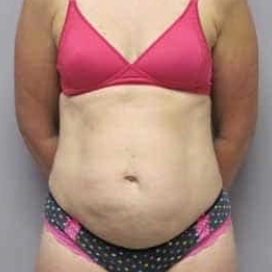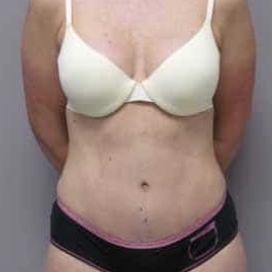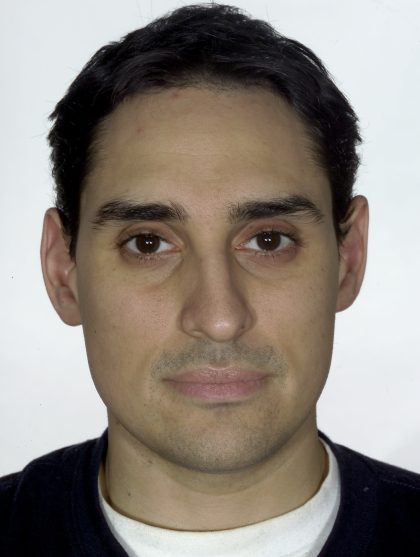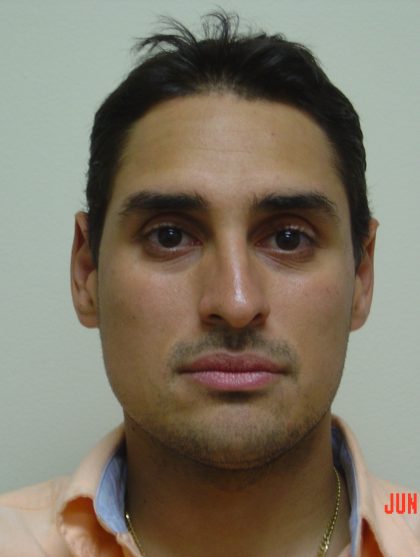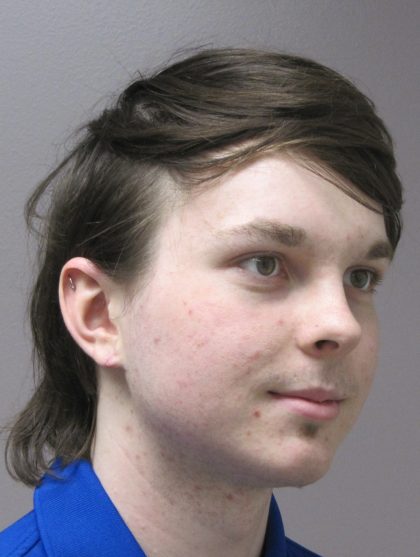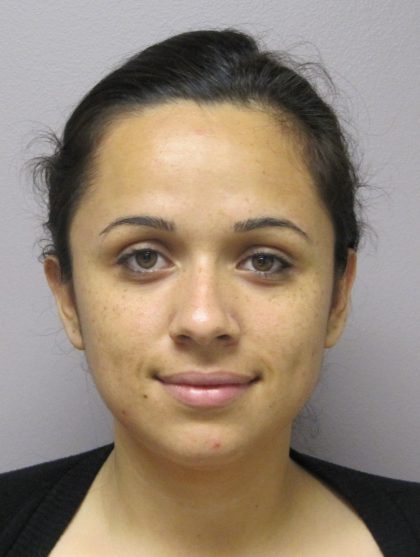Otoplasty
Conveniently located to serve the areas of Pasadena, CA
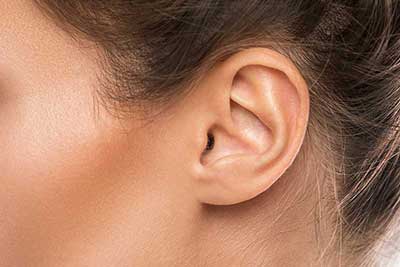
Otoplasty is ear surgery that is done to improve the appearance of large prominent ears that stick out. Patients with prominent ears are often teased during childhood for having “dumbo ears” and are very self-conscious about it. The surgery reshapes the ears and sets them back closer to the head. Misshapen or deformed ears can also be corrected. The procedure can be performed on both children and adults and results in a dramatic change in the overall appearance and self esteem of the patient. After surgery, hair may be worn shorter, pulled back in a ponytail, or styled in an up do.
Contents
Before and After Photos
Dr. Min also performs surgery on earlobe piercings that are stretched out to correct elongated or torn earlobe piercings. Earlobes that are elongated from aging can also be trimmed to make them smaller and more youthful appearing.
Otoplasty to set back protruding or overly large ears is generally considered a cosmetic procedure and is not covered by insurance. However, your policy may cover other ear surgeries, such as traumatic injuries resulting from a dog bite or accident in which your ear has been disfigured. Insurance may also cover severe congenital ear deformities in which a portion of the ear or entire ear is missing or disfigured.
FAQ
How is otoplasty surgery done?
It is typically done under general anesthesia at an outpatient surgery center. An incision is made in the crease behind the ear that is well hidden. Sutures are then used to reshape the ear and to pin it back closer to the head. At times, a small piece of cartilage is removed. The procedure lasts from two to three hours.
Is there an age limit for the surgery?
For children, otoplasty can be done from age 5 and up. Otoplasty can also be done in adults of all ages.
What is recovery from otoplasty like?
After surgery, you will have a head dressing in place for a few days. You will have mild pain, bruising and swelling of the ears. A soft headband is worn at night for 4 weeks to protect the ears. The patient can usually return to work or school after 1 week.
